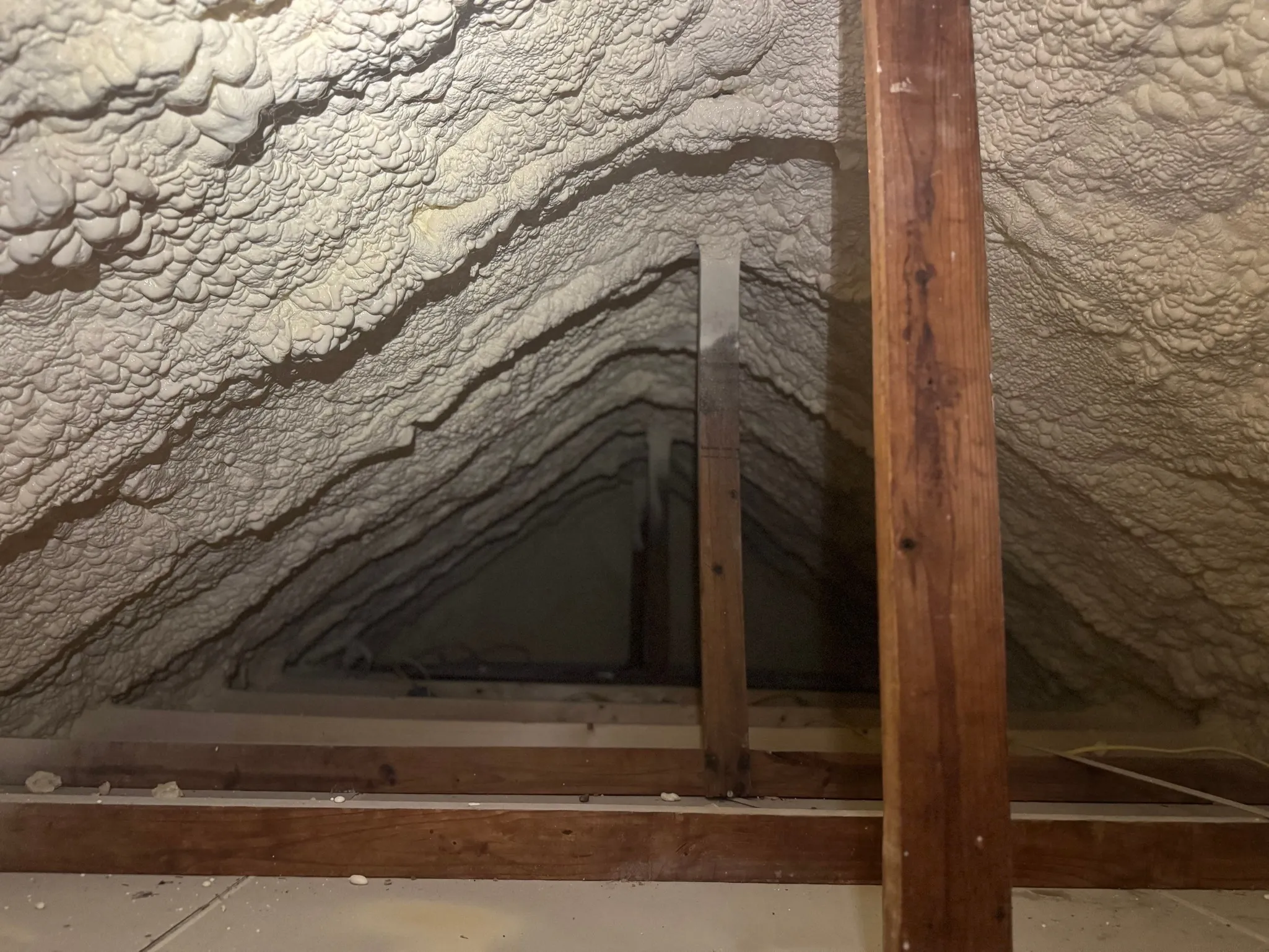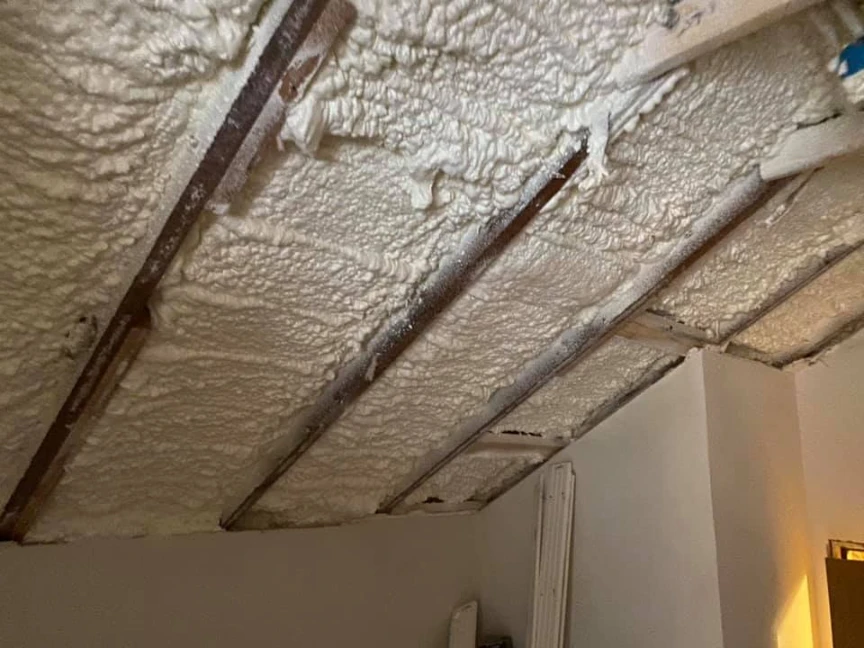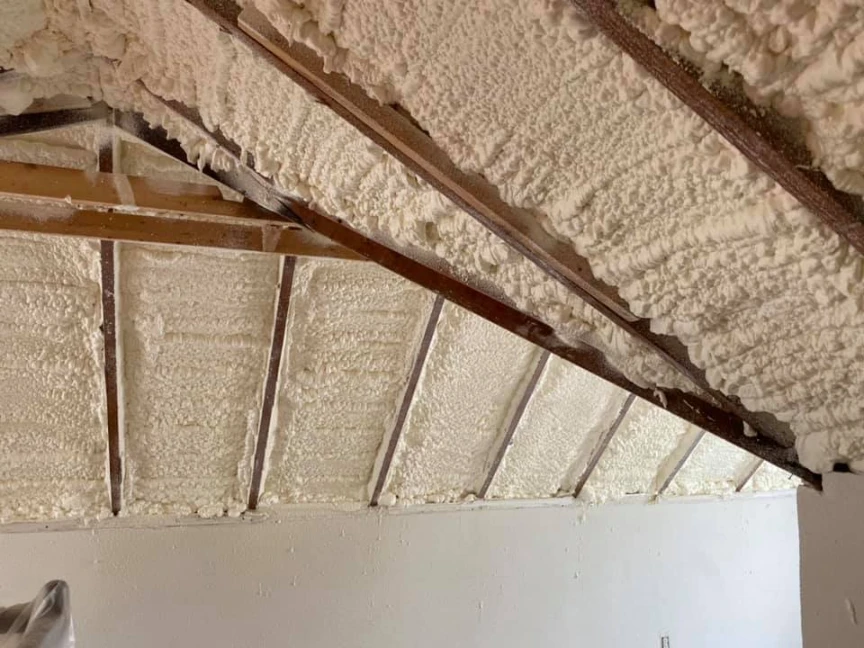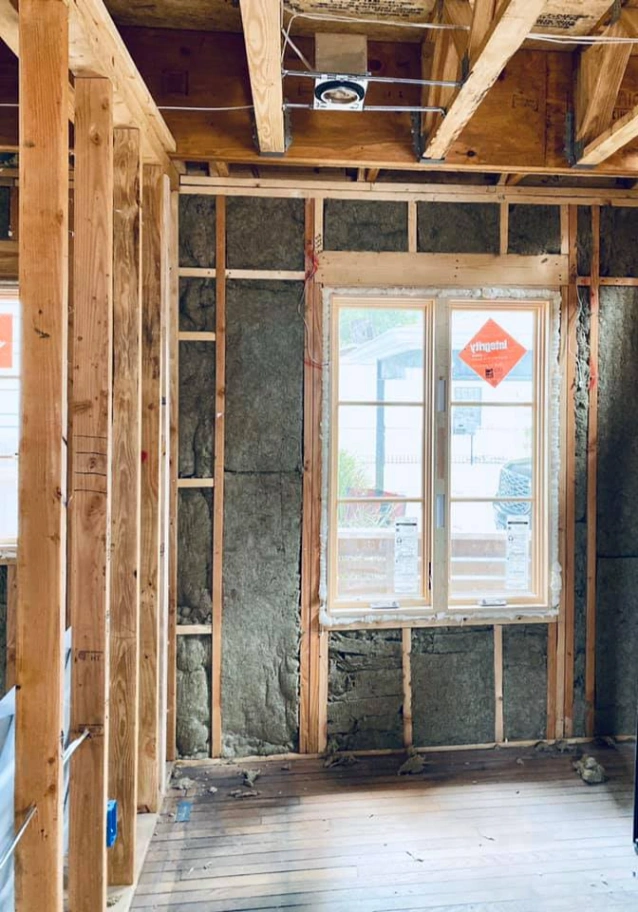Homeowners often wonder if layering new insulation on top of old material works for better energy efficiency. The short answer is yes, you can install new insulation over existing insulation in many cases, but success depends on the types involved, the condition of the current setup, and proper insulation installation steps. This approach boosts thermal performance without a full tear-out, saving time and money, though it requires careful planning to avoid issues like trapped moisture or reduced effectiveness.
To guide you through this process, this article covers the key factors, risks, and steps to help decide if this method fits your property. Stellrr draws from years of handling insulation projects in various climates, offering reliable guidance based on real-world applications to ensure safe and effective upgrades.
Types of Insulation and Their Layering Compatibility
Different insulation materials react uniquely when stacked. Fiberglass batts, for example, pair well with cellulose blown-in over them, as the loose fill fills gaps without compressing the base layer. Spray foam, however, demands caution because closed-cell versions create a vapor barrier that can trap moisture if added over permeable materials like fiberglass.
Cellulose works in attics and walls where space allows, often improving R-value when added over older fiberglass. Rigid foam boards suit exterior applications, but interior layering needs attention to fire ratings and settling.
Here’s a table comparing common types for layering:
| Insulation Type | R-Value per Inch | Layering Compatibility | Common Applications |
|---|---|---|---|
| Fiberglass Batts | 2.9-3.8 | Good with blown-in over top; avoid compression | Attics, walls |
| Cellulose Blown-In | 3.1-3.8 | Excellent over fiberglass or foam; settles minimally | Attics, hard-to-reach areas |
| Closed-Cell Spray Foam | 6.0-7.0 | Best as top layer; seals air leaks but check vapor | Rim joists, walls |
| Open-Cell Spray Foam | 3.5-3.8 | Pairs with batts below; permeable to moisture | Attics in dry climates |
| Rigid Foam Boards | 3.8-5.0 | Use on exterior or as base; not ideal for loose fill over | Foundations, exterior walls |
This table highlights how R-value and compatibility guide choices. According to the U.S. Department of Energy, matching types prevents common pitfalls like reduced performance from improper stacking.
As shown in the following cross-section image, layering creates an improved thermal barrier.
Benefits of Layering New Insulation
Adding new material over existing boosts overall R-value, which measures resistance to heat flow. A typical attic upgrade from R-19 to R-38 cuts heating costs by 20-30% in cooler regions. In Texas, where summers push AC use, this method reduces cooling bills similarly, with data from the Texas State Energy Conservation Office showing average household savings of $200 annually from better insulation.
Layering also seals air leaks better than replacement alone. Older insulation often settles or shifts, creating drafts, and new material fills those voids. Projects in humid areas like Austin reveal that this keeps indoor air quality higher by limiting dust and allergen circulation from disturbed old fibers during full removals.
Bonus Tip: Test air leakage with a blower door before starting. Simple fixes like caulking gaps around the old layer amplify the new insulation’s impact.
Potential Risks and Mitigation Strategies
Layering carries risks if not handled right. Compression of fluffy materials like fiberglass cuts their R-value by up to 50%, per findings from the Insulation Institute. Moisture buildup poses another threat, especially in climates with high humidity, where trapped vapor leads to mold in walls or attics.
Overloading structures concerns some attics; added weight from wet cellulose can strain joists if not distributed evenly. Fire hazards increase if incompatible materials, like certain foams over untreated wood, spark.
To mitigate, inspect the existing setup first. Remove damaged sections and ensure ventilation prevents condensation. In hot, humid Texas summers, choose breathable options like open-cell foam to allow drying. Professional assessments spot issues early, avoiding costly fixes later.
Bonus Tip: Use baffles in attics to maintain airflow channels when adding blown-in material. This simple step preserves roof health in varying weather.
Things to Consider Before Making a Decision
Evaluate your property’s current state thoroughly. Start with an energy audit to measure existing R-value and identify weak spots. Space limitations matter; tight attics may not accommodate thick new layers without encroaching on living areas.
Local climate plays a role. In arid Southwest regions, vapor barriers matter less, but Texas humidity requires permeable layers to prevent rot. Building codes vary; some areas mandate minimum R-values for retrofits, and layering must comply to pass inspections.
Budget factors in too. While avoiding full removal saves upfront, mismatched materials might need adjustments later. Long-term energy savings often offset costs, with EIA data indicating U.S. homes gain 15% efficiency from basic upgrades.
Consider environmental impact. Recycled-content cellulose reduces waste compared to discarding old fiberglass. Health aspects, like avoiding asbestos in pre-1980s homes, demand professional handling.
Bonus Tip: Check for pests in the old insulation. Rodents or insects can undermine new layers, so treat infestations first for lasting results.
Step-by-Step Process for Layering Insulation
Begin by preparing the space. Clear debris and inspect for damage in attics or walls. Wear protective gear to handle dust and fibers safely.
Choose compatible materials based on the table above. For attics, blow in cellulose uniformly to 10-12 inches over batts, aiming for target R-value.
Secure the new layer without disturbing the old. Use netting for blown-in types to hold position until settled. In walls, drill small holes for foam injection, ensuring even coverage.
Test the setup post-installation with thermal imaging to confirm no cold spots. Monitor for a season to catch settling or moisture signs early.
In regional contexts like Central Texas, focus on summer cooling. Layering helps block radiant heat, but pair with radiant barriers for optimal results in intense sun.
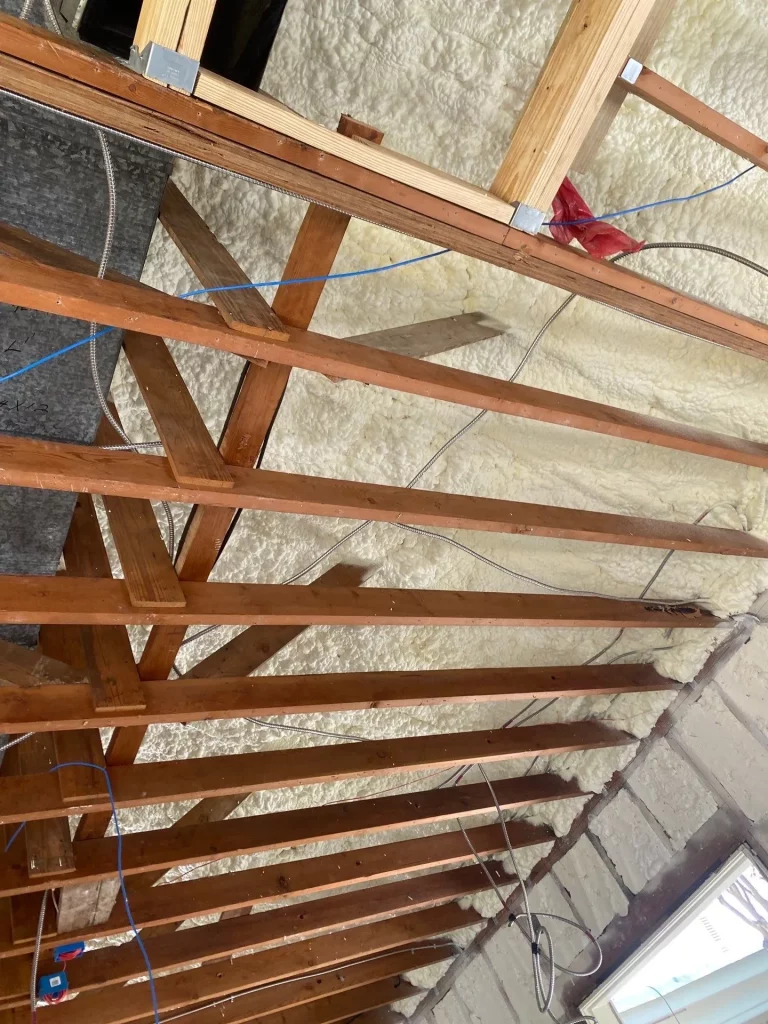
Common Questions
Does Layering Insulation Void Manufacturer Warranties?
Most manufacturers allow it if installed correctly, but it’s best to verify specifics with each product line.
Can Homeowners Install Insulation Themselves?
Basic attic jobs may suit handy homeowners, but walls or spray foam usually require experts for safety and code compliance.
Key Takeaways on Layering Insulation
Layering new spray foam installation over old works well for many properties, offering energy savings and convenience. Weigh compatibility, risks, and local factors to decide. Inspect thoroughly and choose materials that fit your setup for best results. Assess your specific needs and goals to plan an upgrade that lasts.
Next Steps for Your Insulation Upgrade
Take time to review your property’s setup and local requirements. For detailed advice tailored to your home, contact Stellrr at (512) 710-2839 or info@stellrr.com. Professionals can assess options and ensure compliance, helping achieve efficient comfort year-round.
Frequently Asked Questions
Does Layering Insulation Always Improve Energy Efficiency?
Layering boosts efficiency when done right, but poor matches reduce gains. Aim for total R-38 in attics for most U.S. climates, adjusting for local needs.
How Do I Know If My Old Insulation Contains Asbestos?
Test samples if your home predates 1980. Labs confirm presence quickly, and removal follows strict protocols to avoid health risks.
Can I Layer Insulation in Finished Walls?
Yes, via small access holes for blown-in or foam, but this risks interior damage. Consult codes for wall cavities.
What R-Value Do Texas Homes Need?
Texas recommends R-30 to R-60 in attics, higher in southern zones. Layering helps reach these without major disruption.
How Long Does Layered Insulation Last?
Expect 20-50 years, depending on material. Regular checks prevent degradation from moisture or pests.
Sources
- U.S. Department of Energy – Government resource detailing insulation types, R-values, and installation best practices for energy efficiency.
- Texas State Energy Conservation Office – State agency providing data on energy savings and regional guidelines for Texas homes.
- Insulation Institute – Industry group offering research on insulation performance, risks like compression, and layering techniques.


